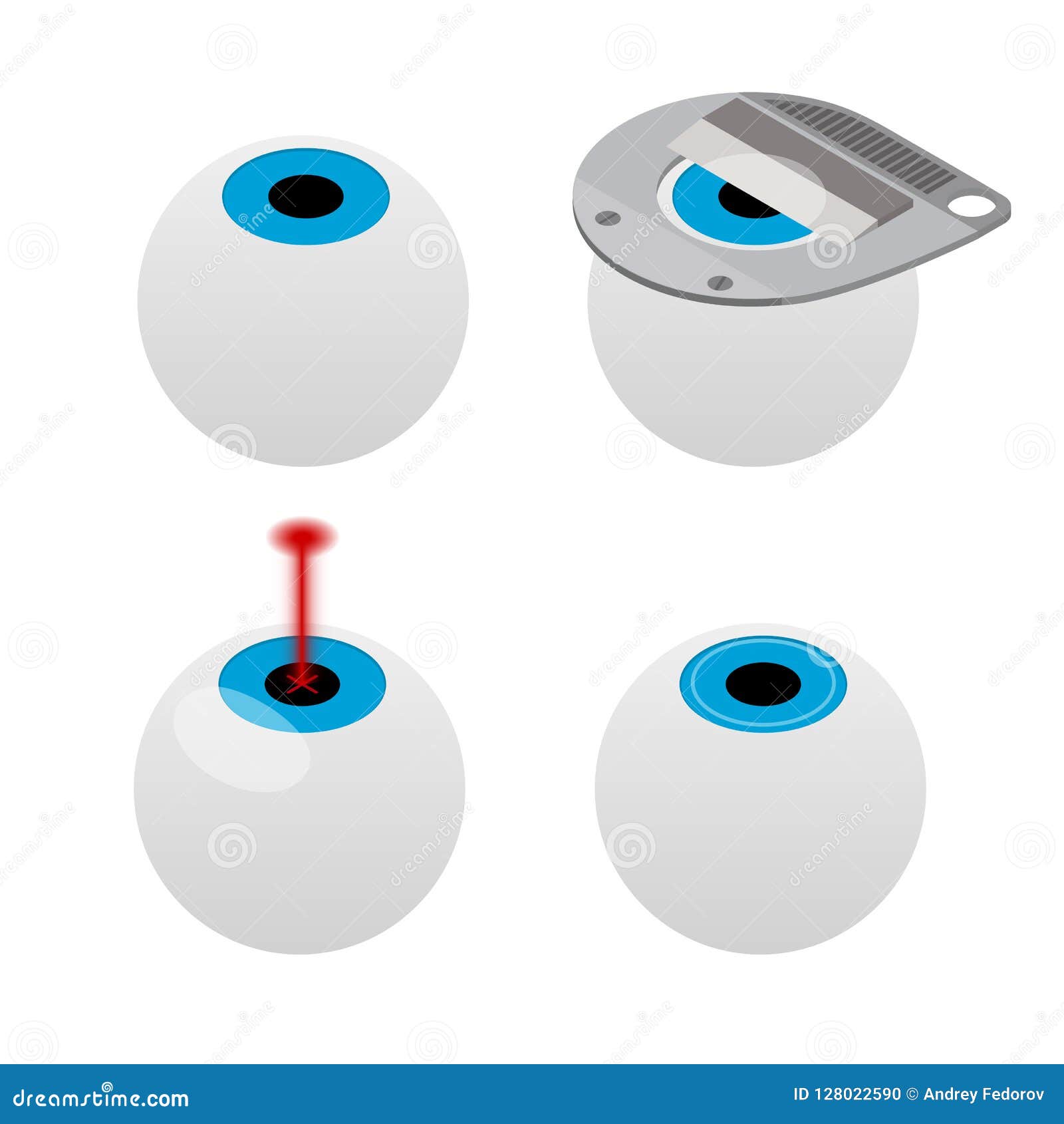What Are The Differences And Resemblances In Between SMILE Eye Surgical Procedure And LASIK And PRK?
What Are The Differences And Resemblances In Between SMILE Eye Surgical Procedure And LASIK And PRK?
Blog Article
Write-Up Developed By-Ryberg Michelsen
If you have actually been thinking about SMILE eye surgical treatment, you could wonder how it compares to LASIK and PRK. Each treatment has its very own collection of advantages and factors to consider. From quicker recuperation times to prospective risks, there are vital distinctions you must be aware of before choosing. Comprehending these distinctions will help you make an enlightened choice that lines up with your specific requirements and expectations. Curious to understand even more about how these treatments compare thoroughly? Keep on discovering to gain a detailed understanding of SMILE, LASIK, and PRK.
SMILE Eye Surgical Treatment Introduction
If you're considering SMILE eye surgery, you'll discover it to be a minimally invasive procedure with a fast healing time. Throughout SMILE (Small Incision Lenticule Extraction), a laser is utilized to develop a little, precise incision in the cornea to remove a small piece of cells, reshaping it to correct your vision. This varies from LASIK, where a flap is created, and PRK, where the external layer of the cornea is totally gotten rid of.
Among the essential advantages of SMILE is its minimally invasive nature, resulting in a faster recovery process and less discomfort post-surgery. The recovery time for SMILE is relatively fast, with several clients experiencing boosted vision within a day or two. This makes it a popular selection for those seeking a hassle-free and reliable vision correction procedure. Furthermore, SMILE has been revealed to have a reduced threat of dry eye syndrome compared to LASIK, making it a beneficial alternative for individuals concerned concerning this potential side effect.
Differences Between SMILE, LASIK, and PRK
When comparing SMILE, LASIK, and PRK eye surgical procedures, it's important to recognize the distinctive strategies made use of in each procedure for vision correction.
SMILE (Tiny Cut Lenticule Extraction) is a minimally invasive treatment that includes producing a tiny incision to extract a lenticule from the cornea, improving it to deal with vision.
LASIK (Laser-Assisted Sitting Keratomileusis) entails creating a thin flap on the cornea, making use of a laser to improve the underlying cells, and afterwards rearranging the flap.
cataract surgery out of pocket cost (Photorefractive Keratectomy) gets rid of the outer layer of the cornea before improving the cells with a laser.
The main distinction lies in the way the cornea is accessed and treated. Click That Link is flapless, making it an excellent choice for individuals with slim corneas or those involved in call sports. LASIK offers quick aesthetic healing due to the flap creation, but it may pose a higher risk of flap-related problems. PRK, although having a longer recovery period, avoids flap-related concerns entirely.
Comprehending these differences is critical in picking one of the most appropriate procedure for your vision correction requirements.
Benefits And Drawbacks Contrast
To evaluate the advantages and downsides of SMILE, LASIK, and PRK eye surgical treatments, it's essential to think about the certain benefits and potential limitations of each treatment. SMILE surgery offers the benefit of a minimally invasive treatment, with a smaller incision and possibly quicker recuperation time compared to LASIK and PRK. It additionally lowers the risk of dry eye post-surgery, a common negative effects of LASIK. Nonetheless, SMILE may have limitations in dealing with greater degrees of nearsightedness or astigmatism contrasted to LASIK.
Suggested Resource site offers fast aesthetic recovery and marginal discomfort throughout the procedure. It's extremely efficient in dealing with a wide range of refractive errors, including nearsightedness, hyperopia, and astigmatism. Yet, LASIK brings a danger of flap problems, which can impact the corneal structure.
PRK eye surgical treatment, while not as prominent as LASIK, stays clear of creating a corneal flap, lowering the risk of flap-related problems. It appropriates for people with slim corneas or uneven corneal surfaces. Nevertheless, PRK has a much longer recuperation time and might include much more discomfort during the recovery procedure.
Conclusion
So, when it comes to selecting in between SMILE, LASIK, and PRK, think about it like picking the perfect pair of footwear. SMILE resembles a streamlined, comfortable pair of sneakers - fast and easy.
LASIK is a lot more like trendy high heels - showy and quickly, but with some potential risks.
PRK resembles durable hiking boots - reliable and long lasting, yet requiring a bit even more time and effort.
Inevitably, the best option relies on your individual demands and preferences.
